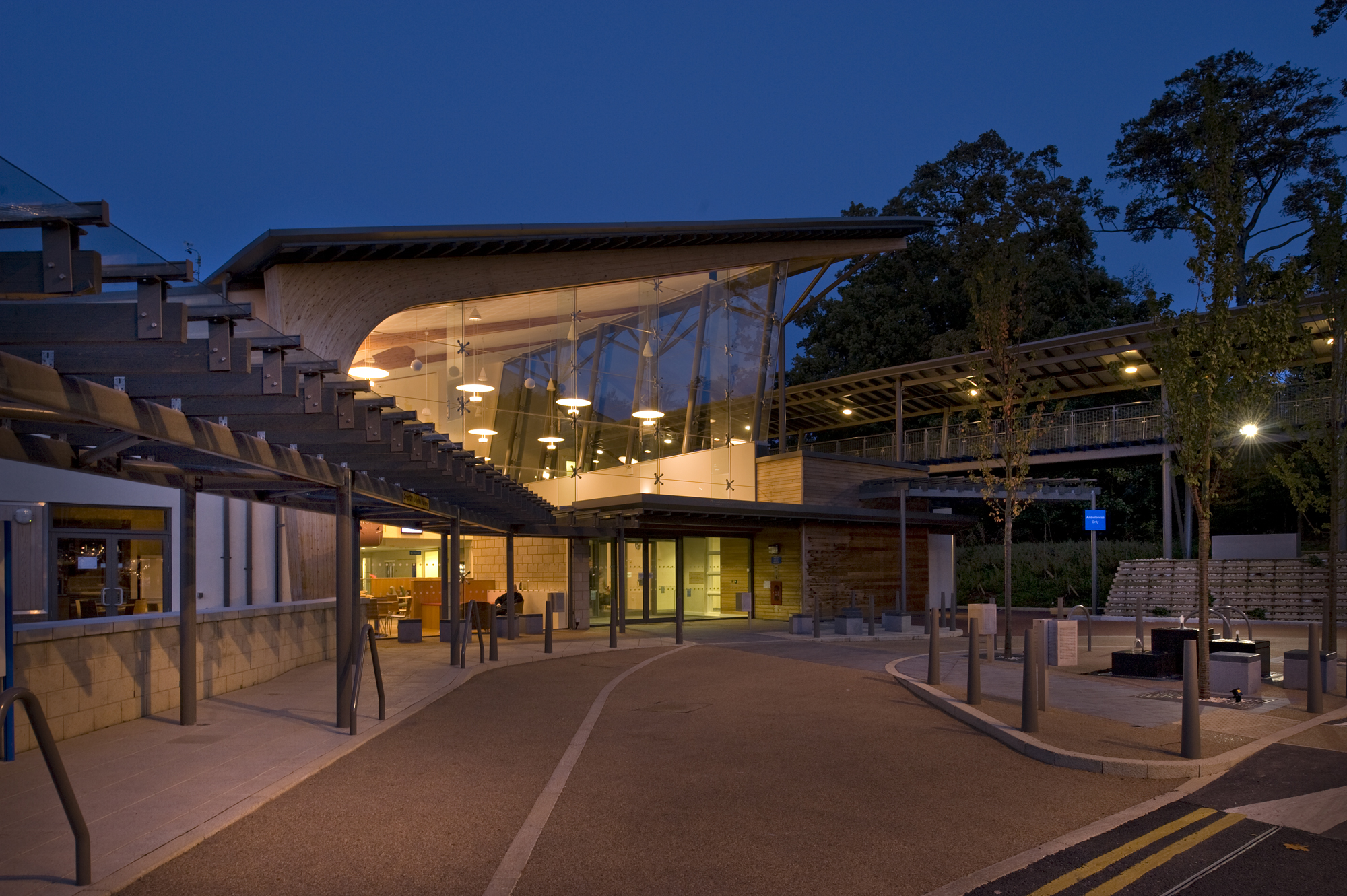The Radiotherapy Team at Castle Hill Hospital is one of the first in the country to benefit from a share of £130 million for new equipment.
Back in October 2016, the Chief Executive of NHS England, Simon Stevens, announced a national fund to modernise radiotherapy equipment over the next two years.
Hull University Teaching Hospitals NHS Trust was lucky enough to be one of the first to receive funding, and now a new Varian Truebeam Linear Accelerator (Linac), valued at £1.7m, has just been installed in the Queen’s Centre for Oncology and Haematology.
Clare Hutton, Radiotherapy Manager for Hull University Teaching Hospitals NHS Trust says:
“As a specialist cancer centre for the region, we treat patients from as far afield as Scarborough, York and Grimsby. Around four in every ten patients who experience cancer receive radiotherapy treatment, which makes being able to provide accurate, reliable and up-to-date radiotherapy techniques so important.
“The new Linac is a really welcome addition to the department. It will replace one of our existing machines which has now reached 16 years old, making it one of the oldest in the country!”
Around 40 patients every day from across Hull, East Yorkshire, North Yorkshire and North East Lincolnshire travel to Cottingham to receive treatment in one of the Queen’s Centre’s six treatment units.
Using the Linac, staff will be able to treat patients with some of the very latest techniques, including SABR (Stereotactic Ablative Radiotherapy), a very short course of high dose radiotherapy treatment which is used to target small tumours in the lung.
Peter Colley, Consultant Physicist Lead for Radiotherapy Physics at the Trust says:
“In our department, we pride ourselves on being at the forefront of cancer treatment, and the new Linac enables us to extend the availability of the very latest techniques and technologies to more of our patient treatments. Not only does this mean radiotherapy treatment is more accurate, but in certain patient groups, the technology allows us to more carefully monitor patients’ treatments and enables us to assess and make modifications to treatment. This has the potential to reduce side effects and increase the effectiveness of the treatment we are delivering.
“The Truebeam can also help to reduce treatment time for patients with head and neck cancers, for example, from 20 minutes to just 15. This is a huge benefit for patients, as each person receiving treatment has to wear a beam direction shell to restrict their movement. This can be daunting, especially for those who are already anxious or may be claustrophobic, so it will help us to improve patient experience too.”
Radiotherapy can be delivered internally, using a technique called Brachytherapy, and externally, using a Linear Accelerator. The treatment is carefully planned using a CT scan to allow the Clinical Oncologists to pinpoint where they wish the Dosimetrists and Physicists to create a treatment plan. The treatment plan then provides the instructions for the Treatment Radiographers to deliver the treatment. The aim is to target the cancer while keeping the dose of radiotherapy to the surrounding healthy body tissue to a minimum. The detailed planning and treatment delivery ensures that the treatment is delivered to the exact place each day. Patients may experience some side effects, such as fatigue, nausea and skin reactions, however this varies depending on which part of the body is receiving treatment. If patients do experience side effects, there is a patient support team including Radiotherapy Nurses, Clinical Support Workers and Therapy Radiographers available to help.
The new Linac machine is now situated within the Radiotherapy Department at Castle Hill Hospital and, following an installation and commissioning period, the first patient is scheduled to be treated using the machine in early June.
For more information on the £130m radiotherapy modernisation fund, visit www.england.nhs.uk/2016/10/radiotherapy-fund/

